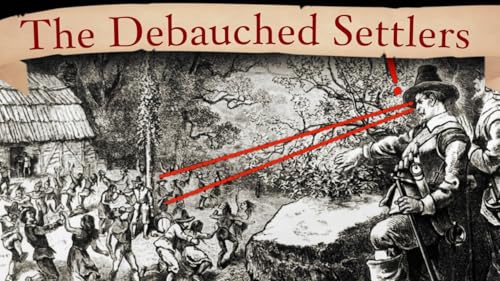In the fall of 1778, things weren’t looking good for the traitors to King and country in the British American colonies. In the early going the American Revolutionary forces under George Washington had suffered defeat after resounding defeat, including Washington very nearly losing around half his army in the first major battle of the war, only saved by a providential fog and General William Howe deciding inexplicably not to press the attack when Washington’s forces were surrounded before this. This event occurred in New York in August of 1776 in what was then the largest known battle ever fought in North America, involving close to 40,000 troops including naval forces. Many losses for the Revolutionary forces later, Howe made a similar blunder in November and December of 1776. After yet another near catastrophic defeat for the rebels, when nearly 3,000 American troops were captured at Fort Washington, General Washington limped the 4,000 or so remnants of his army south to Delaware. Howe and his vastly larger, better equipped, and better trained army were nearby and could have crushed the Continental Army and either captured or killed Washington. But once again, for what reasons aren’t fully clear today, Howe chose not to press on, and instead began the process of setting up a winter camp with no further offensives planned until spring. Something needed to change if the upstart rebels were to succeed in breaking away from Britain. And so it was that Congress turned their sites on Britain’s longtime on and off again enemy in France. At the time it was exceedingly dangerous to transport diplomats from the United States to France given the British more or less completely controlled the sea in between, but Congress nonetheless had previously managed to successfully send Silas Deane, and not long after in December of 1776, Ben Franklin and Arthur Lee, to see about getting desperately needed aid from France. However, while the trio were in France working towards this, Lee accused Deane of financial impropriety, and Deane was recalled to answer the charges. Thus, Congress decided to send the tenacious John Adams to replace Deane and assist Franklin and Lee. Adams’ specific mission- negotiate a treaty with France to hopefully get desperately needed supplies and money to the rebellion, as well as direct naval and army aid against the British. There was an issue, however. It turns out there exists a giant ocean in between the United States and France, and, as alluded to, that ocean at the time was heavily populated in part by British ships with captains who would like nothing better than to arrest and hang for treason one of the principal architects of the revolution in John Adams. Author: Daven Hiskey Learn more about your ad choices. Visit megaphone.fm/adchoices
Show More
Show Less
 Dec 24 202525 mins
Dec 24 202525 mins Dec 22 202550 mins
Dec 22 202550 mins Dec 20 20251 hr and 2 mins
Dec 20 20251 hr and 2 mins 49 mins
49 mins 30 mins
30 mins Dec 14 20251 hr
Dec 14 20251 hr 37 mins
37 mins Dec 10 202548 mins
Dec 10 202548 mins
